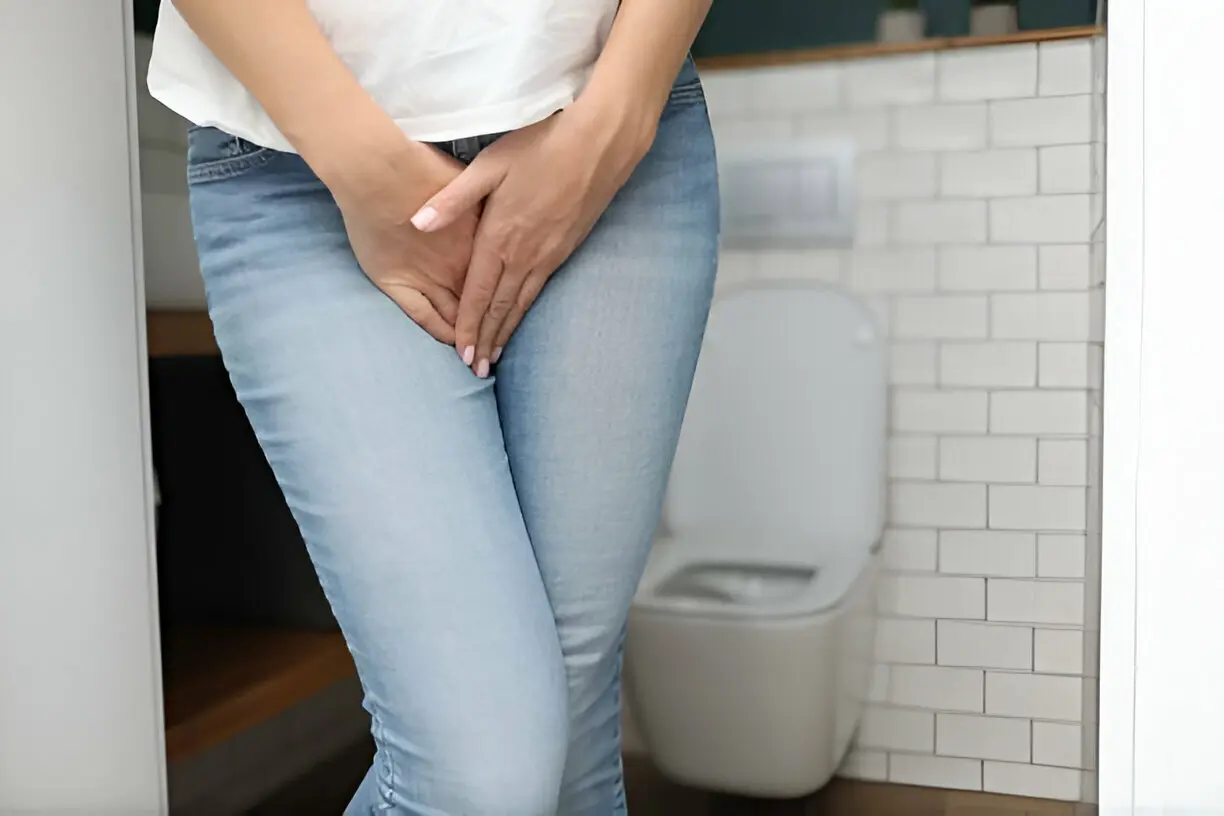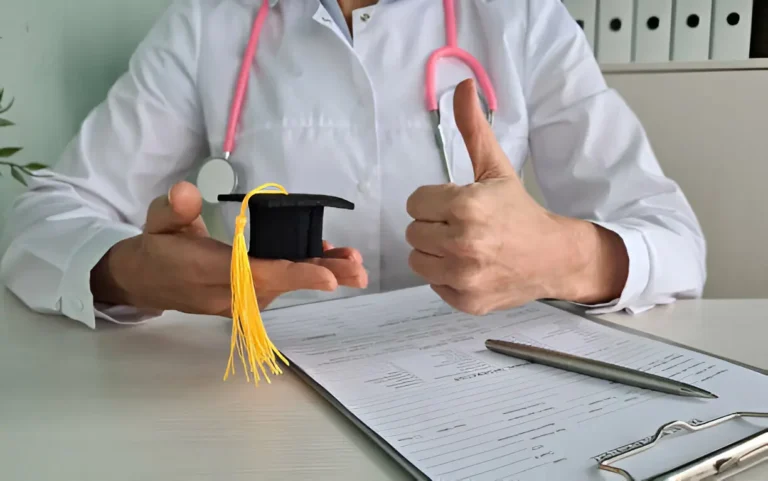Managing Female Urinary Incontinence: Treatments and Prevention Tips
Urinary incontinence is a common yet often misunderstood condition that affects many women, regardless of age. It can range from mild leaks to more significant bladder control issues that impact daily life. Understanding the causes, available treatments, and prevention strategies can help women manage and even overcome this condition, improving their quality of life.
In this article, we will explore the different types of urinary incontinence, available treatments, and effective prevention tips to help women lead a more comfortable and confident life.
Understanding Female Urinary Incontinence
Female urinary incontinence refers to the involuntary loss of urine, which can occur for various reasons, including weakened pelvic floor muscles, hormonal changes, or other underlying medical conditions. This condition is more common in women than in men due to anatomical differences, childbirth, and hormonal fluctuations that can affect bladder control.
Types of Urinary Incontinence
There are several types of urinary incontinence that affect women, each with its unique causes and symptoms:
- Stress Incontinence
This is the most common type of urinary incontinence in women, often linked to physical activities like coughing, sneezing, laughing, or exercising. Stress incontinence occurs when the pelvic floor muscles and the sphincter, which controls the bladder, become weak, leading to leaks under pressure. - Urge Incontinence
Urge incontinence is characterized by a sudden, intense need to urinate, followed by an inability to hold urine in time to reach the bathroom. This can be triggered by certain sounds, feelings, or situations. Women with this type of incontinence often experience frequent trips to the bathroom and unexpected accidents. - Mixed Incontinence
As the name suggests, mixed incontinence is a combination of both stress and urge incontinence. Women with mixed incontinence experience leaks caused by physical activity and sudden urges, leading to more complex bladder control issues. - Overflow Incontinence
This type of incontinence occurs when the bladder does not empty fully, leading to constant dribbling or frequent small leaks. Overflow incontinence is less common but can be caused by bladder muscle weakness or nerve dysfunction. - Functional Incontinence
Functional incontinence is not due to problems with the bladder but rather physical or cognitive limitations that make it difficult to reach the bathroom in time. For example, women with mobility issues or those suffering from dementia may have difficulty getting to the bathroom quickly enough.
Treatments for Female Urinary Incontinence
Thankfully, urinary incontinence is treatable, and several options are available depending on the type and severity of the condition. Women experiencing urinary incontinence should consult with a healthcare provider to determine the most appropriate treatment plan for their situation.
Lifestyle Changes
For many women, simple lifestyle changes can significantly improve bladder control. Here are some steps that can help:
- Weight management: Excess weight can put additional pressure on the bladder, leading to more frequent leaks. Maintaining a healthy weight can reduce this pressure and improve bladder function.
- Dietary adjustments: Certain foods and drinks can irritate the bladder and increase urgency. These include caffeine, alcohol, spicy foods, and artificial sweeteners. Reducing or eliminating these from the diet can help reduce symptoms.
- Fluid management: Drinking too much or too little water can worsen incontinence. A balanced intake of fluids throughout the day is important, and limiting fluids before bed can reduce nighttime accidents.
- Bladder training: This involves gradually increasing the time between bathroom visits to improve bladder control and reduce urgency.
Pelvic Floor Exercises (Kegel Exercises)
Pelvic floor exercises, also known as Kegel exercises, are one of the most effective treatments for stress incontinence. These exercises help strengthen the pelvic floor muscles, which support the bladder, uterus, and rectum. By regularly contracting and relaxing these muscles, women can improve bladder control and reduce urinary leaks.
Medications
For some women, medications can help manage urinary incontinence. Different types of medications work by targeting the muscles or nerves responsible for bladder control:
- Anticholinergic medications can help manage urge incontinence by reducing bladder spasms and urgency.
- Topical estrogen therapy may be prescribed for women who experience incontinence due to hormonal changes, such as post-menopausal women. Estrogen helps improve the health and elasticity of the urethra and surrounding tissues.
Behavioral Therapies
Behavioral therapies focus on changing habits that contribute to incontinence. These therapies may include:
- Timed voiding: This involves scheduling bathroom visits at regular intervals to prevent accidents.
- Biofeedback: This technique uses sensors to help women gain awareness and control over their pelvic floor muscles. It can be especially helpful for women who struggle to properly perform Kegel exercises.
Medical Devices
Certain medical devices can help manage urinary incontinence, especially for those with more severe symptoms:
- Pessaries: A pessary is a small device inserted into the vagina to support the bladder and reduce leaks. It is often recommended for women with pelvic organ prolapse or stress incontinence.
- Urethral inserts: These are disposable devices that can be worn inside the urethra to prevent leaks. They are useful for women who experience incontinence during physical activities.
Surgery
In cases where other treatments are ineffective, surgery may be considered. Surgical options vary depending on the type of incontinence:
- Sling surgery involves placing a mesh sling around the urethra to provide additional support, often used for stress incontinence.
- Bladder neck suspension aims to lift the bladder and urethra into a more natural position, improving control over urination.
- Artificial urinary sphincter: In more severe cases, an artificial sphincter can be implanted to help control urine flow.
Prevention Tips for Urinary Incontinence
While treatments can help manage urinary incontinence, there are also steps women can take to reduce the risk of developing this condition. Prevention is particularly important for women who are at higher risk, such as those who have recently given birth or are approaching menopause.
Strengthening the Pelvic Floor
Regular Kegel exercises can help prevent urinary incontinence by keeping the pelvic floor muscles strong. Women can perform these exercises anytime, anywhere, and they are one of the most effective ways to maintain bladder control as they age.
Maintaining a Healthy Weight
Maintaining a healthy weight helps reduce pressure on the bladder and pelvic floor muscles. Women should aim for a balanced diet and regular exercise to keep their weight in check and support overall health.
Preventing Constipation
Straining during bowel movements can weaken the pelvic floor and contribute to incontinence. Eating a fiber-rich diet, staying hydrated, and exercising regularly can help prevent constipation, thereby reducing the risk of urinary incontinence.
Managing Chronic Coughing
Chronic coughing, whether due to smoking or respiratory conditions, can contribute to stress incontinence by weakening the pelvic floor muscles. Quitting smoking and treating respiratory conditions can help reduce the strain on the bladder.
Avoiding Bladder Irritants
Limiting caffeine, alcohol, and other bladder irritants can reduce the risk of developing incontinence. Staying hydrated with water and herbal teas is an excellent way to maintain good bladder health.
Urinary incontinence may be a common condition, but it is manageable with the right treatments and preventive measures. Women can take steps to improve bladder control by making lifestyle changes, doing pelvic floor exercises, and seeking professional help when necessary. Understanding the causes and available treatments allows women to regain control over their bodies, boosting their confidence and enhancing their quality of life. If you are experiencing urinary incontinence, don’t hesitate to speak with a healthcare provider to explore the best options for your specific needs.





